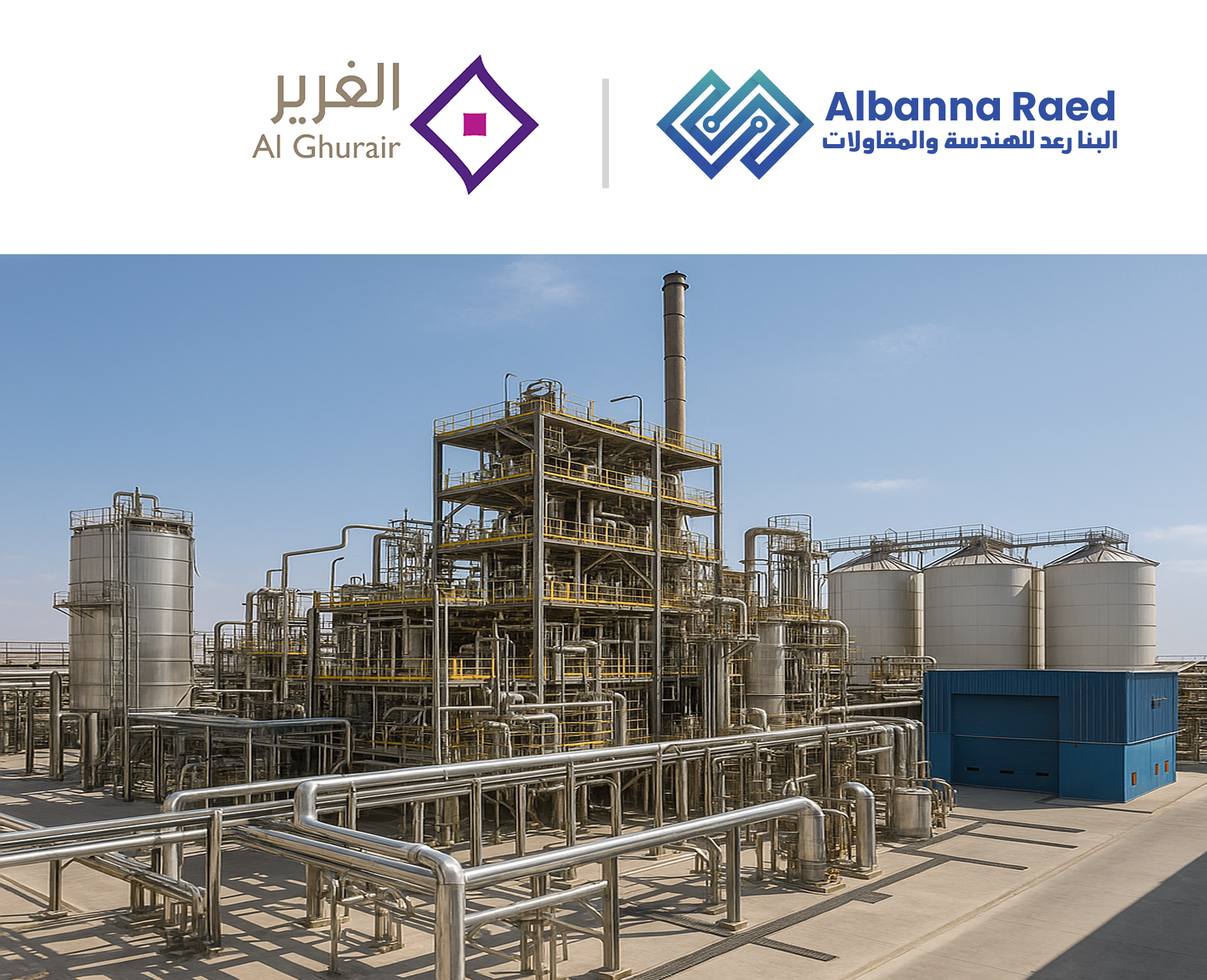With the growing urgency of climate change, the path to a sustainable energy future isn’t solely about creating new, low-carbon assets; it’s about transforming existing infrastructure. Aging systems in industries, transportation, and buildings account for a significant share of global emissions. Retrofitting these assets is essential in cutting greenhouse gas emissions and accelerating the energy transition.
In this article, we’ll explore how decarbonizing existing infrastructure presents a strategic opportunity, unlocking economic and environmental benefits, and laying the foundation for a low-carbon economy.
The Urgency of Decarbonizing Existing Infrastructure
1. Global Emissions and Aging Infrastructure
Existing infrastructure in sectors like power generation, manufacturing, and transportation significantly contributes to global carbon emissions. According to estimates, industrial emissions account for about 20% of global CO2 emissions, while transportation infrastructure adds another 14%. The buildings sector also contributes through heating, cooling, and energy use. Without targeted efforts to decarbonize, these established systems could continue to generate emissions for decades.
2. The Time Value of Carbon
The concept of “time value of carbon” emphasizes that carbon emissions have cumulative effects over time. Delaying decarbonization efforts means that emissions continue to accumulate, worsening the climate crisis. Retrofitting existing infrastructure provides a near-term opportunity to reduce emissions and avoid costly future overhauls. Immediate action is crucial, as older, inefficient systems produce outsized carbon impacts over their operational lifespan.
3. Cost Efficiency
Decarbonizing infrastructure can often be more cost-effective than constructing new facilities from scratch. Upgrading or electrifying current systems leverages existing investments, reducing the financial burden on governments and industries. In many cases, retrofitting is not only cheaper but also faster to implement, allowing for quicker emission reductions.
Key Strategies for Decarbonizing Infrastructure
The path to decarbonizing existing infrastructure involves several key approaches, each contributing to the reduction of emissions while maintaining efficiency and economic viability. These strategies often integrate new technologies with older systems to achieve greener operations.
1. Electrification
Electrification is one of the most promising pathways for decarbonization. By transitioning energy-intensive sectors—such as manufacturing and transportation—from fossil fuel-based power sources to clean electricity, emissions can be significantly reduced. For example, retrofitting industrial processes with electric furnaces or hydrogen-based technologies can lead to considerable cuts in carbon output. Similarly, electrifying transport networks, including the introduction of electric vehicles (EVs) and electric-powered rail systems, will make a substantial impact on reducing carbon emissions from transportation infrastructure.
2. Carbon Capture, Utilization, and Storage (CCUS)
For sectors where direct electrification may not be immediately viable, such as heavy industry and certain manufacturing processes, Carbon Capture, Utilization, and Storage (CCUS) technologies provide a crucial interim solution. CCUS captures CO2 emissions at their source and either stores them underground or repurposes them for use in other processes, such as synthetic fuel production. Retrofitting existing factories or power plants with CCUS technologies can greatly reduce the carbon footprint without overhauling the entire system.
3. Energy Efficiency Enhancements
Improving the energy efficiency of existing infrastructure can result in significant emissions reductions. Retrofitting buildings with modern insulation, energy-efficient HVAC systems, and smart energy management tools can reduce energy consumption and, consequently, emissions. Similarly, industrial facilities can benefit from upgrading to more energy-efficient machinery and processes.
4. Advanced Materials
The use of advanced, low-carbon materials in construction and manufacturing plays a pivotal role in infrastructure decarbonization. Concrete and steel production are among the largest contributors to industrial emissions. Innovations in the production of low-carbon concrete, using materials such as fly ash and recycled materials, help reduce the carbon intensity of construction. Additionally, using lighter and stronger materials in manufacturing can lower the energy demands of production processes, contributing to long-term decarbonization.
Decarbonization Challenges
While the benefits of decarbonizing infrastructure are clear, there are significant challenges to overcome.
1. High Initial Investment
Retrofitting infrastructure, especially in industries such as manufacturing and power, often requires significant upfront capital. Although these investments typically pay off in the long run, financial constraints can slow progress, particularly for smaller companies and developing nations.
2. Technological Limitations
Although significant advancements have been made in decarbonization technologies, some sectors—such as steel production, aviation, and shipping—still face technical limitations. These industries require breakthroughs in alternative fuels (such as green hydrogen) and large-scale carbon capture to achieve meaningful decarbonization.
3. Regulatory and Policy Frameworks
National and regional governments play a crucial role in setting the regulatory frameworks that encourage decarbonization. Inconsistent regulations, particularly across international borders, can hinder progress. Clear and consistent policies, including carbon pricing, emissions standards, and decarbonization targets, are essential to guide businesses toward sustainable infrastructure retrofitting.
The Role of Innovation and Collaboration
Decarbonizing existing infrastructure cannot be accomplished in isolation. It requires collaboration between governments, industries, and research institutions to drive innovation and implement scalable solutions. Ongoing research into carbon-neutral technologies, particularly in hard-to-abate sectors, will be crucial in meeting long-term decarbonization goals.
Public-private partnerships can accelerate the adoption of decarbonization technologies by combining the innovation and capital of the private sector with regulatory support and incentives from governments. Such partnerships will be critical in achieving the scale required for infrastructure transformation.
Conclusion
Decarbonizing existing infrastructure is not just an environmental necessity but also an economic opportunity. With the right combination of electrification, carbon capture, energy efficiency, and advanced materials, current systems can be transformed to meet sustainability goals while remaining cost-effective. Although challenges remain, the benefits—reduced emissions, future-proofing, and financial savings—make this a critical area of focus in the global energy transition.
By retrofitting today’s infrastructure, we can build a more sustainable future and ensure that industries, cities, and transport systems are ready for a low-carbon world.
Ready to lead the energy transition? Decarbonizing existing infrastructure is not just a sustainability effort, it’s a business imperative.With the right investments, your infrastructure can be part of the solution—driving profit, innovation, and environmental stewardship. Make the shift today and secure your role in a carbon-neutral future.






